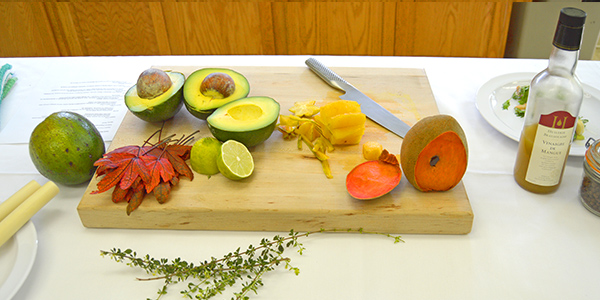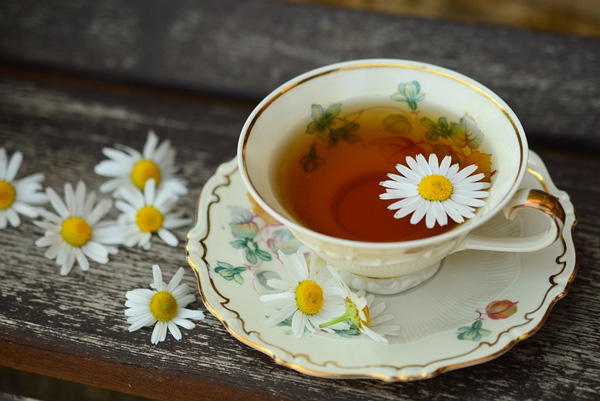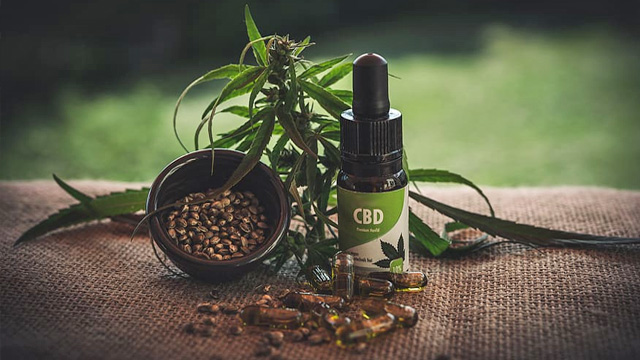
Terpenes are those mystical compounds that give the natural world its vast scents and flavors. From the pine trees’ refreshing aroma to the sweet zest of an orange, terpenes are omnipresent. The aim here is not just to inform but to delve into the essence of terpenes, unpacking their importance and the myriad ways they impact our world.
What are Terpenes?
At their core, terpenes are organic compounds found in plant oils. They contribute to the plants’ aromatic diversity as a natural defense against herbivores and attract pollinators.
But there’s more to terpenes than just a pleasant aroma.
Structurally, they are the building blocks of essential oils and play a pivotal role in plant biology, affecting growth, development, and defense.
The Diversity of Terpenes
Nature’s palette is rich with terpenes, each bringing distinct scents and flavors.
Limonene, for instance, imparts a refreshing citrus scent commonly found in lemons and oranges.
On the other hand, Myrcene offers an earthy and musky tone, prevalent in mangoes and hops.
This diversity enriches our sensory experience and indicates the ecological roles terpenes play in nature.
Common Terpenes and Their Aromas
| Terpene | Aroma | Common Sources |
| Limonene | Citrus | Lemons, Oranges |
| Myrcene | Earthy, Musky | Mangoes, Hops |
| Linalool | Floral | Lavender, Basil |
| Pinene | Pine | Pine Trees, Rosemary |
| Caryophyllene | Spicy, Woody | Black Pepper, Cloves |

Terpenes in Everyday Life
Terpenes subtly influence our daily lives, contributing to the flavors and aromas of the foods and products we love.
The tangy zest in your morning grapefruit? That’s limonene at work. The calming scent of lavender in your bath oil? Thank Linalool, for that serene experience.
Understanding the terpenes behind these fragrances and tastes allows us to appreciate the natural world’s complexity in our everyday routines.
Terpenes in Daily Products
| Terpene | Product | Sensory Contribution |
| Limonene | Cleaning Agents | Fresh, Citrus Scent |
| Linalool | Soaps, Lotions | Soft, Floral Fragrance |
| Pinene | Air Fresheners | Crisp, Forest-like Aroma |
| Myrcene | Herbal Teas | Relaxing, Earthy Flavor |

Terpenes in Aromatherapy and Medicine
Aromatherapy has long celebrated terpenes for their therapeutic properties.
Pinene, for example, is believed to help with alertness and memory retention. Eucalyptol, prevalent in eucalyptus oil, is used for its cooling and refreshing effects and is often associated with respiratory relief.
While anecdotal evidence abounds, scientific research is still catching up. Early studies are promising, suggesting potential anti-inflammatory, analgesic, and even anti-anxiety properties of various terpenes, but more research is undoubtedly needed to confirm these findings.

Terpenes in Cannabis
In the world of cannabis, terpenes are gaining recognition for their role in influencing the plant’s scent, flavor, and potentially its therapeutic effects.
Terpenes like myrcene, believed to produce relaxing effects, and limonene, associated with uplifting sensations, can vary widely between strains, such as Kush, contributing to their unique profiles.
Kush strains, in particular, are often highlighted for their rich terpene profiles that lend to their distinctive earthy and floral aromas.
While the interaction between terpenes and cannabinoids (like THC and CBD) is a subject of ongoing research, it’s thought that these compounds may work together to enhance certain effects, a phenomenon known as the entourage effect.

Conclusion
Terpenes, whether in the refreshing zest of a lemon or the soothing scent of lavender, are a testament to nature’s complexity and myriad gifts to us.
So, the next time you’re stopped by a beautiful aroma or a striking flavor, remember, there’s probably a terpene behind that memorable moment.

Comments are closed.